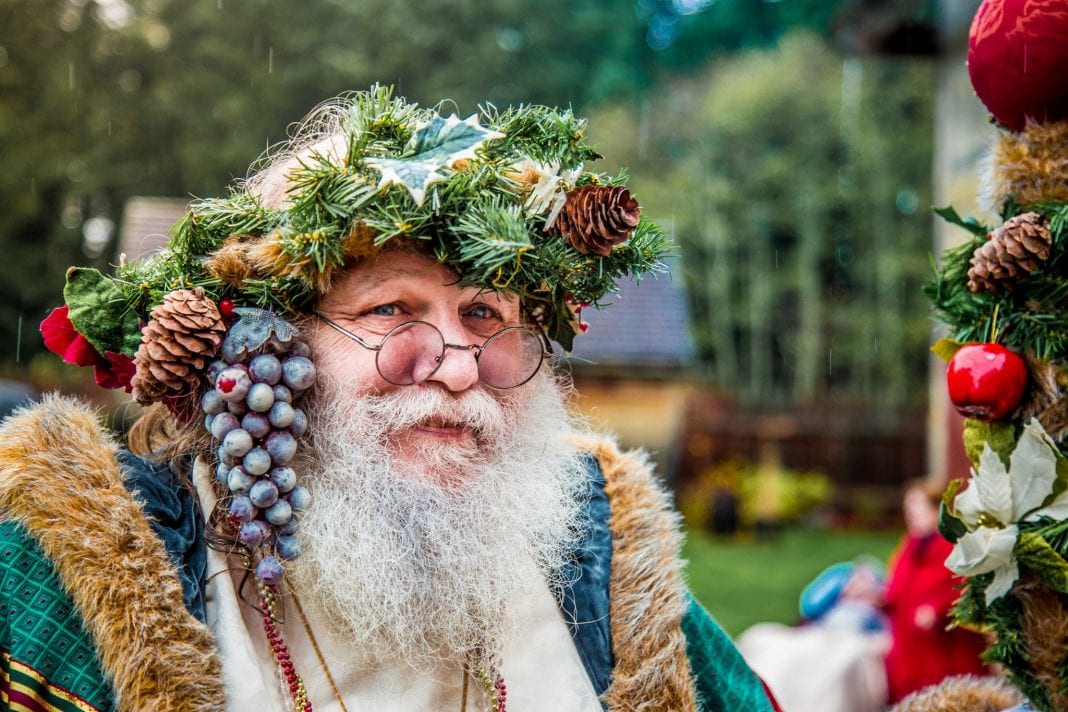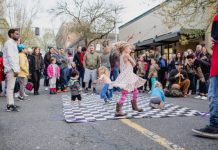The modern holiday season involves Black Friday sales, Amazon deliveries and things that need batteries. Life was much different, however, around the Puget Sound 150 years ago. See for yourself at historical events at Fort Nisqually and Fort Steilacoom. Both historical sites will be celebrating the holidays as if it was 1859.
The Christmas Regale at Fort Nisqually runs 11:00 a.m. to 4:00 p.m. on December 7, while Christmas at Fort Steilacoom will be held 4:00 p.m. to 7:30 p.m. on December 14. Living historians at both events coordinate their celebratory “years” on a rotation, with this year’s choice of 1859 being largely the most interesting since that was a busy time for the nation and the young territory.
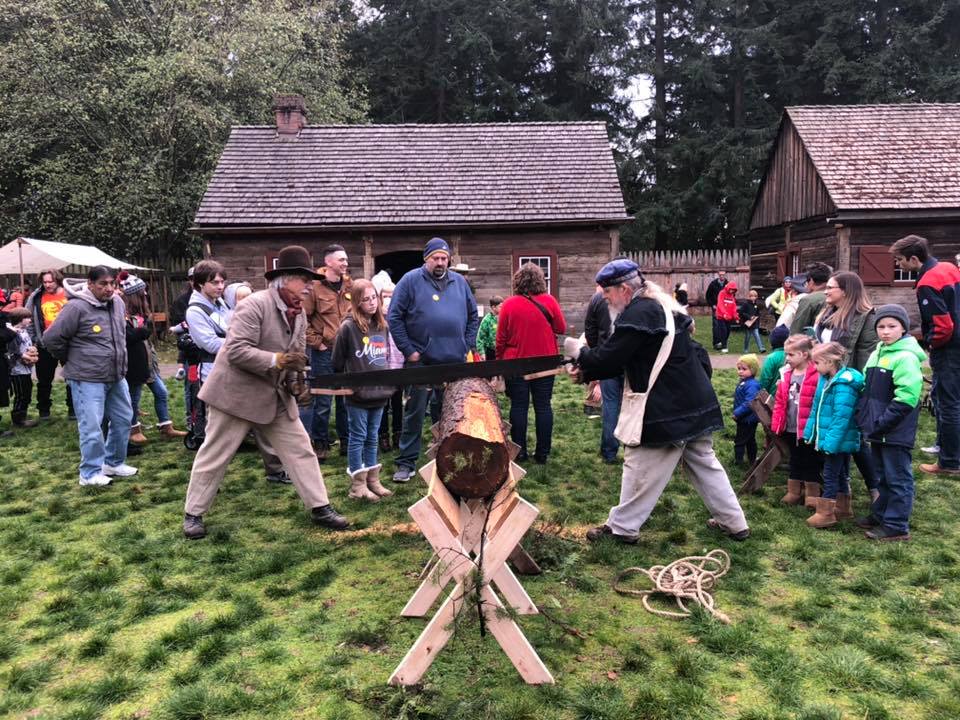
Visitors at Fort Nisqually’s event will be able to play period games, sing carols, make ornaments and sit a spell with Father Christmas in true English fashion.
Guests at Fort Steilacoom’s event the following weekend can see the American side of that period’s holiday season in four of the buildings that were newly built in 1859 and still stand 150 years later. Suffice it to say, guests should expect a heavy dose of polished buttons and hoop skirts twirling around to the echoes of a fiddle.
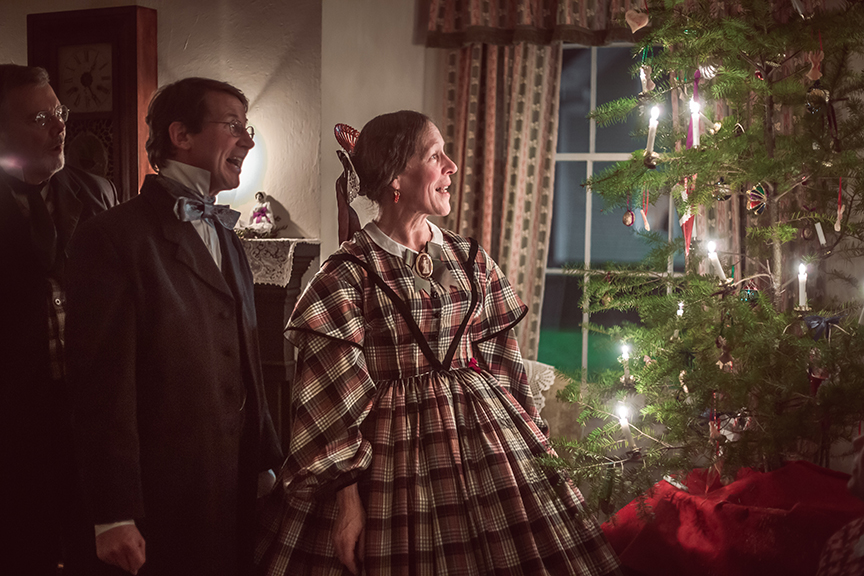
Visitors will also likely get to eavesdrop on the political discussions of yesteryear over cups of run and plates of ham.
“I like 1859 because it gives us a lot of talking points,” historian and Historic Fort Steilacoom Association board member Gideon Pete said, noting that he has portrayed period soldiers at more than a dozen living history events over the years.
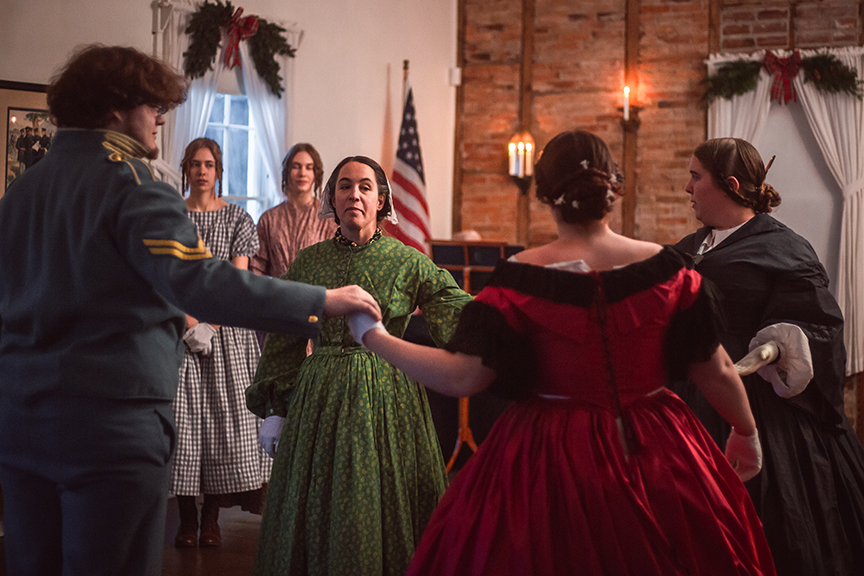
Some of those “talking points” might seem strangely familiar to modern audiences, he said. One such topic of that time that could just as easily have been pulled from today’s headlines is the conflict in Afghanistan. Back then it wasn’t the United States bogged down in an insurrection. It was England, which had just ended the first of what would become known as the three Anglo-Afghan Wars that would seek to check Russian influence in the area under the Great Game over Central Asia.
Landmark events around the nation that were talked about in the parlors, campfires and dining rooms included the abolitionist John Brown’s ill-fated raid on the Harpers Ferry Armory to spark a general slave rebellion as the nation inched closer to the inevitable Civil War to come two years later. There was also the discovery of gold at the Comstock Lode in the western Utah Territory and in Pike’s Peak Colorado. Local news included the incorporation of Olympia followed by the formation of the Territory of Washington when Oregon was admitted as the 33rd U.S. state.
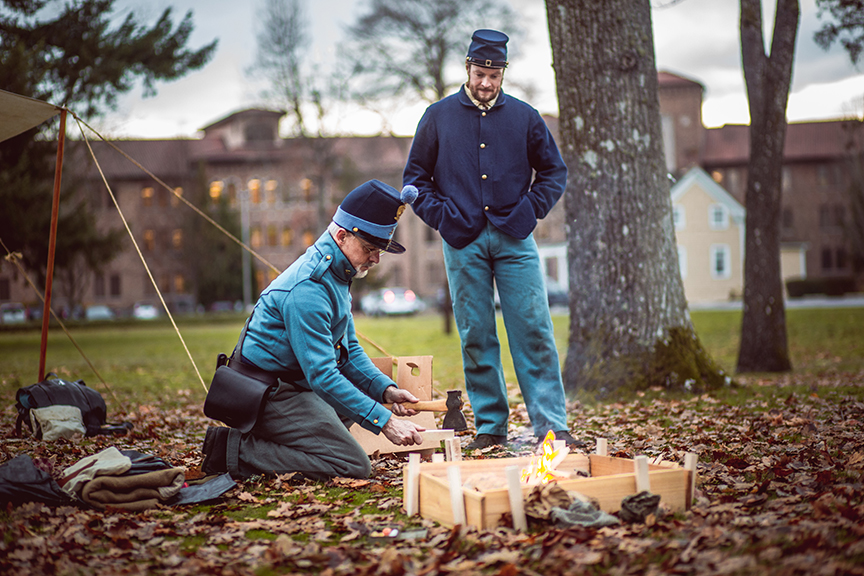
Of course, there was the end of the “Pig War” that brought America and Britain to the brink of war. That whole incident of international diplomacy started when an American farmer had settled on San Juan Island by filing a land claim under the Donation Land Claim Act. One trouble was that England still claimed the island as well. As fate would have it, the farmer would kill a pig that he found rooting in his garden. The pig was owned by an English neighbor. He wanted compensation, $100, for his loss. The American refused to pay since the pig was eating his potatoes – on his land. The English neighbor called for British authorities to arrest him. The farmer called for U.S. protection. Neither side backed down. By the summer, some 500 American soldiers were staring at five British warships with 2,140 men aboard. Cooler heads negotiated the end of the hostilities by the chill of winter that year. Both sides would occupy the island for the next 12 years.


































